Home>Garden Essentials>How Many Flower Seeds Per Hole
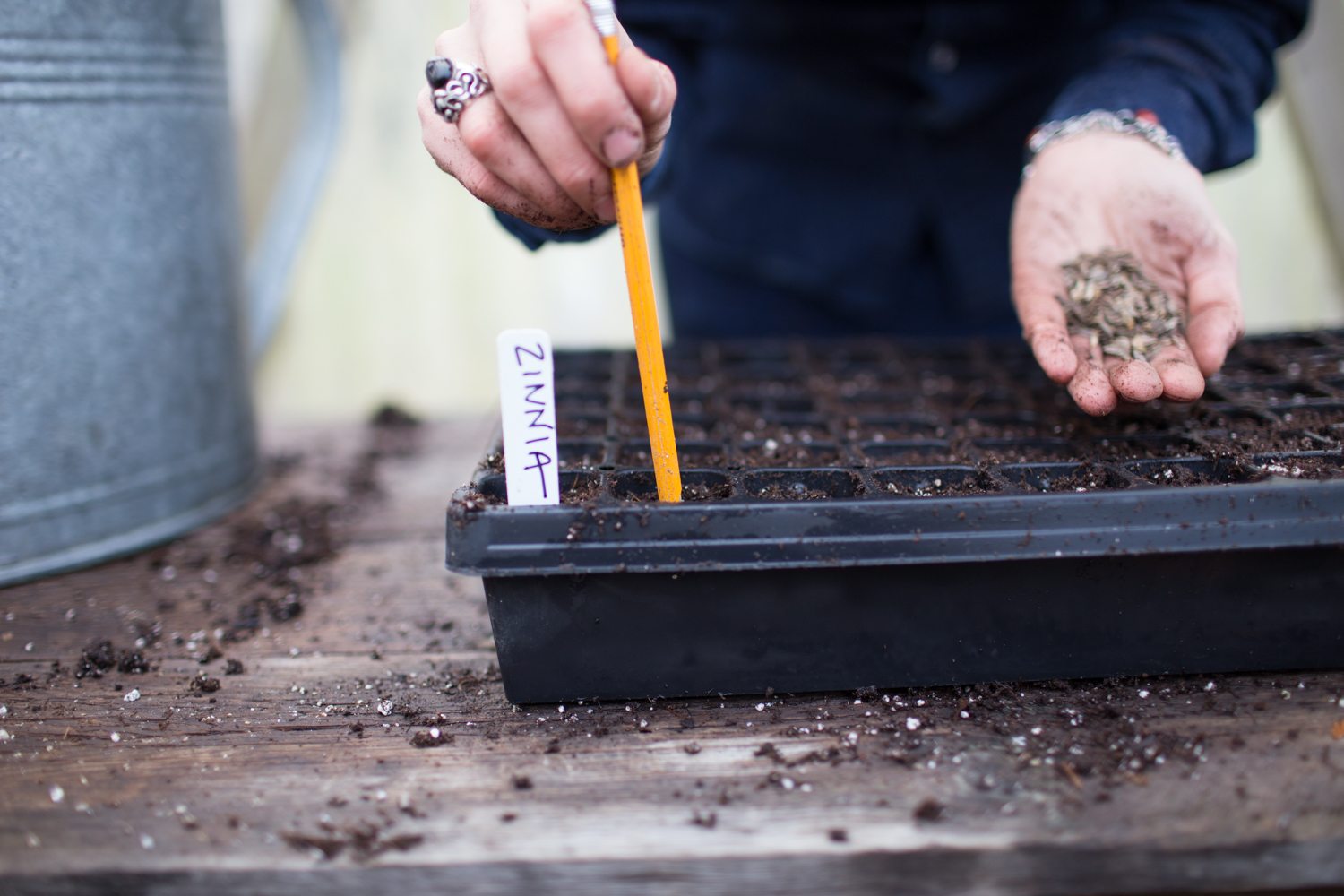

Garden Essentials
How Many Flower Seeds Per Hole
Modified: August 17, 2024
Discover the ideal number of garden flower seeds to plant per hole. Maximize your garden's potential with our expert advice and tips.
(Many of the links in this article redirect to a specific reviewed product. Your purchase of these products through affiliate links helps to generate commission for Storables.com, at no extra cost. Learn more)
Introduction
When it comes to planting flower seeds, one of the key considerations is determining how many seeds to sow per hole. The proper seed spacing is crucial for the healthy growth and development of your plants. It allows each seed to have sufficient space, nutrients, and light to germinate and flourish. The optimal seed spacing will vary depending on several factors, including the type of flower, the size of the seeds, and the desired growth pattern.
By understanding the factors that influence seed spacing and following some general guidelines, you can ensure your flower garden is filled with beautiful, healthy plants. In this article, we’ll explore the various factors to consider when determining how many flower seeds to sow per hole, discuss seed spacing guidelines, provide plant-specific recommendations, share planting techniques, and even present a case study to illustrate different seed count scenarios.
So whether you’re a seasoned gardener or a beginner looking to start your flower garden, read on to discover the secrets of achieving the perfect seed spacing.
Key Takeaways:
- Proper seed spacing is crucial for healthy flower growth. Consider plant size, seed size, and light requirements to determine the ideal spacing for your garden.
- Following recommended seed spacing guidelines ensures optimal plant growth. Avoid overcrowding to promote healthy development and vibrant blooms in your garden.
Read more: How Many Seeds Of Corn Per Hole
Factors to Consider
When deciding how many flower seeds to sow per hole, it’s important to take into account several factors that can influence the growth and success of your plants. Consider the following factors:
- Plant Size: The ultimate size of the mature plant will influence the seed spacing. Smaller plants may require closer spacing, while larger plants need more room to spread out.
- Growth Habit: The growth habit of the plant, such as whether it is upright, sprawling, or vining, will also impact seed spacing. Plants that spread or vine tend to require more space between seeds to allow for their growth and spreading habits.
- Seed Size: The size of the seeds themselves is a crucial factor. Smaller seeds can be sown more densely, while larger seeds should be spaced further apart to prevent overcrowding.
- Soil Fertility: The fertility of your soil will determine the nutrient availability for your plants. If you have nutrient-rich soil, you can space the seeds slightly closer together, as the plants will have more access to essential nutrients.
- Light Requirements: Different plants have varying light requirements. Some plants require full sunlight, while others tolerate partial shade. Proper seed spacing takes into account the plants’ light requirements to ensure each seedling receives adequate sunlight.
- Air Circulation: Good air circulation is vital for preventing the spread of diseases and promoting plant health. Providing enough space between seeds allows for proper air circulation, reducing the risk of fungal infections or other diseases.
By considering these factors, you can make informed decisions about seed spacing that will provide the best conditions for your flower seeds to thrive.
Seed Spacing Guidelines
While there are no strict rules for seed spacing, there are some general guidelines that can help you determine the ideal distance between seeds. These guidelines provide a starting point, and you can adjust the spacing based on the specific requirements of your flower seeds. Here are some seed spacing guidelines to consider:
- Small Seeds: For tiny seeds, such as those of pansies or petunias, aim for a spacing of about 1-2 inches (2.5-5 cm) between seeds.
- Medium Seeds: Seeds of medium-sized flowers like marigolds or zinnias can be spaced about 3-4 inches (7.5-10 cm) apart.
- Large Seeds: Larger seeds, such as those of sunflowers or nasturtiums, should be spaced further apart, around 6-12 inches (15-30 cm) to allow for their vigorous growth.
- Plant Height: Consider the eventual height of the plants when determining seed spacing. Taller plants will require more space between seeds to accommodate their growth.
- Row Spacing: If you are planting seeds in rows, leave enough space between the rows to allow for easy access and maintenance. A spacing of about 12-24 inches (30-60 cm) between rows is generally sufficient.
Remember that these seed spacing guidelines are just a starting point. It’s essential to consider the specific requirements of the flower seeds you are planting, as well as factors such as soil fertility, light conditions, and air circulation. Adjust the spacing accordingly to provide the best conditions for your plants to thrive.
Plant-specific Recommendations
Each type of flower has its own unique characteristics and requirements when it comes to seed spacing. Here are some plant-specific recommendations to help you determine the ideal seed spacing:
- Roses: For rose seeds, which are typically larger, space them about 4-6 inches (10-15 cm) apart. Roses grow into larger plants, so providing enough space is essential for their healthy development.
- Lilies: Lily seeds are usually small and can be spaced about 2-4 inches (5-10 cm) apart. Lilies grow into taller plants, so consider their eventual height when spacing the seeds.
- Sunflowers: Sunflower seeds are large and require more space for their rapid growth. Aim to space sunflower seeds about 12-24 inches (30-60 cm) apart to accommodate their size and abundant foliage.
- Pansies: Pansy seeds are tiny and can be spaced closely together, about 1-2 inches (2.5-5 cm) apart. This will create a dense and colorful display of pansy flowers.
- Zinnias: Zinnia seeds are medium-sized and can be spaced about 3-4 inches (7.5-10 cm) apart. This spacing allows for adequate air circulation and prevents overcrowding.
- Marigolds: Marigold seeds are also medium-sized and benefit from a spacing of around 3-4 inches (7.5-10 cm) apart. This spacing promotes healthy growth and abundant blooming.
Remember to always refer to the specific seed packet or plant tag for any additional guidelines or recommendations regarding seed spacing. Each flower variety may have slightly different requirements, so it’s important to follow the instructions provided.
By considering these plant-specific recommendations, you can ensure that your flower seeds have the space they need to grow and thrive, resulting in a stunning and vibrant garden.
For small flower seeds, plant 2-3 seeds per hole to ensure germination. For larger seeds, plant 1 seed per hole. This will give the seeds enough space to grow without overcrowding.
Planting Techniques
Proper planting techniques not only ensure the correct seed spacing but also contribute to the overall success of your flower garden. Follow these essential planting techniques to maximize the growth and health of your plants:
- Prepare the Soil: Before planting, prepare the soil by removing any weeds, rocks, or debris. Loosen the soil and mix in some organic matter, such as compost, to improve its fertility and drainage.
- Follow Seed Depth Guidelines: Different flower seeds have different depth requirements for optimal germination. Refer to the seed packet instructions for the recommended planting depth and follow it accordingly.
- Water Deeply: After planting the seeds, water the area thoroughly to ensure the soil is evenly moist. Keep the soil consistently moist until the seeds germinate and establish themselves.
- Thin Out Seedlings: Once the seedlings have emerged and are a few inches tall, thin them out to maintain the proper seed spacing. Remove any excess seedlings, leaving only the strongest and healthiest plants based on the recommended spacing guidelines.
- Mulch: Apply a layer of organic mulch, such as wood chips or straw, around the base of the plants. Mulch helps suppress weeds, conserve moisture, and regulate soil temperature.
- Support System: If you are planting flowers that grow tall or vine, provide them with a support system like stakes, trellises, or cages. This will prevent the plants from sprawling or breaking under their own weight, ensuring they grow upright.
- Regular Maintenance: Keep an eye on your flower garden, providing regular care such as watering, fertilizing, and removing any pests or diseased plants. This will help your flowers grow and bloom to their fullest potential.
By implementing these planting techniques, you can create an optimal environment for your flower seeds to thrive. Remember to always consider the specific needs of each plant variety and adjust your planting techniques accordingly.
Read more: How Many Tomato Seeds To Plant Per Hole
Case Study: Planting Flowers with Different Seed Counts
Let’s take a closer look at a case study to see the impact of planting flowers with different seed counts. In this study, we will compare two scenarios with different seed spacing:
Scenario 1: Dense Seed Spacing
In this scenario, we plant flower seeds with a dense seed spacing, placing them closer together than the recommended guidelines. For example, if the recommended spacing is 3 inches (7.5 cm), we plant the seeds only 1 inch (2.5 cm) apart.
The result of this dense seed spacing is that the seedlings will compete more vigorously for resources such as water, nutrients, and light. This competition may result in stunted growth, limited flowering, and an increased risk of disease due to reduced air circulation.
Scenario 2: Recommended Seed Spacing
In this scenario, we follow the recommended seed spacing guidelines and plant the flower seeds at the recommended distances. This ensures that each seedling has sufficient space to grow and access the necessary resources for healthy development.
The result of this recommended seed spacing is that the seedlings will have ample room for their root system to expand, allowing for optimal nutrient uptake. They will also have access to adequate light and air circulation, reducing the risk of diseases and promoting strong, healthy plants with abundant blooms.
By comparing these two scenarios, it’s clear that following the recommended seed spacing provides the best conditions for successful plant growth. While dense seed spacing may seem like a way to maximize the number of plants in a limited space, it often leads to overcrowding and compromised health.
Remember that each plant species and variety may have slightly different recommended seed spacing, so be sure to refer to the specific guidelines provided on the seed packet or plant tag.
Overall, this case study highlights the importance of seed spacing and the impact it can have on the health and vitality of your flowers. By following the recommended spacing guidelines, you can create a garden filled with thriving and flourishing plants.
Conclusion
Proper seed spacing is an essential aspect of successful flower gardening. By considering factors such as plant size, growth habit, seed size, soil fertility, light requirements, and air circulation, you can determine the ideal seed spacing for your flowers.
Following general seed spacing guidelines and plant-specific recommendations will help ensure that each seedling has enough space to grow, access essential resources, and reach its full potential. Remember to adjust the spacing based on the specific requirements of each flower variety.
Implementing proper planting techniques, such as preparing the soil, following seed depth guidelines, watering deeply, thinning out seedlings, and providing support systems, will further contribute to the overall success of your flower garden.
Through a case study comparing dense seed spacing versus recommended seed spacing, we learned that adhering to the recommended spacing guidelines provides the best conditions for optimal plant growth and health. Overcrowding can lead to stunted growth, reduced flowering, and increased susceptibility to disease.
In conclusion, by understanding the importance of seed spacing, considering plant-specific recommendations, and implementing proper planting techniques, you can create a beautiful and thriving flower garden. Providing each seedling with the space it needs will promote healthy growth, vibrant blooms, and a garden that brings joy and beauty to your surroundings.
Frequently Asked Questions about How Many Flower Seeds Per Hole
Was this page helpful?
At Storables.com, we guarantee accurate and reliable information. Our content, validated by Expert Board Contributors, is crafted following stringent Editorial Policies. We're committed to providing you with well-researched, expert-backed insights for all your informational needs.
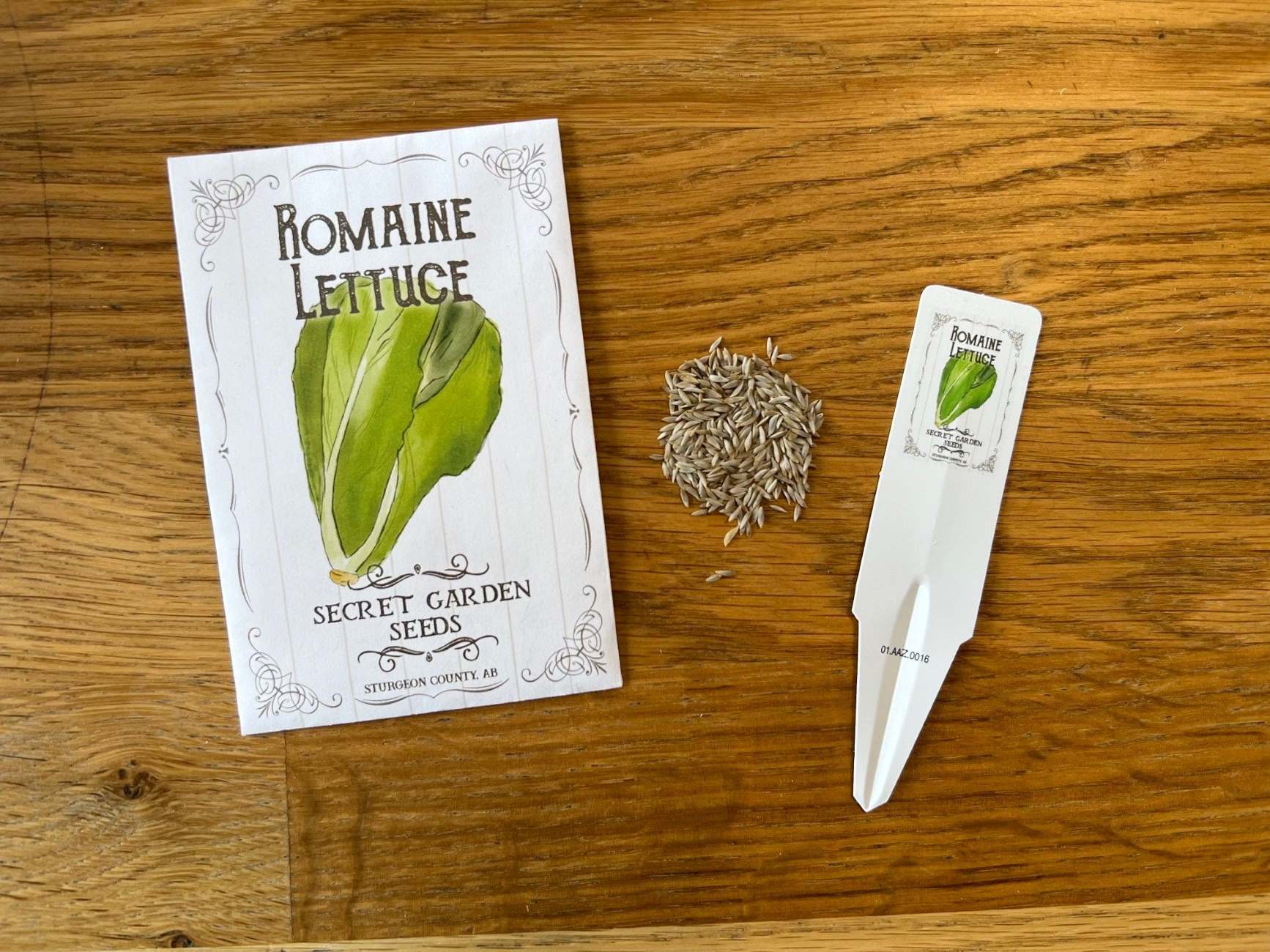
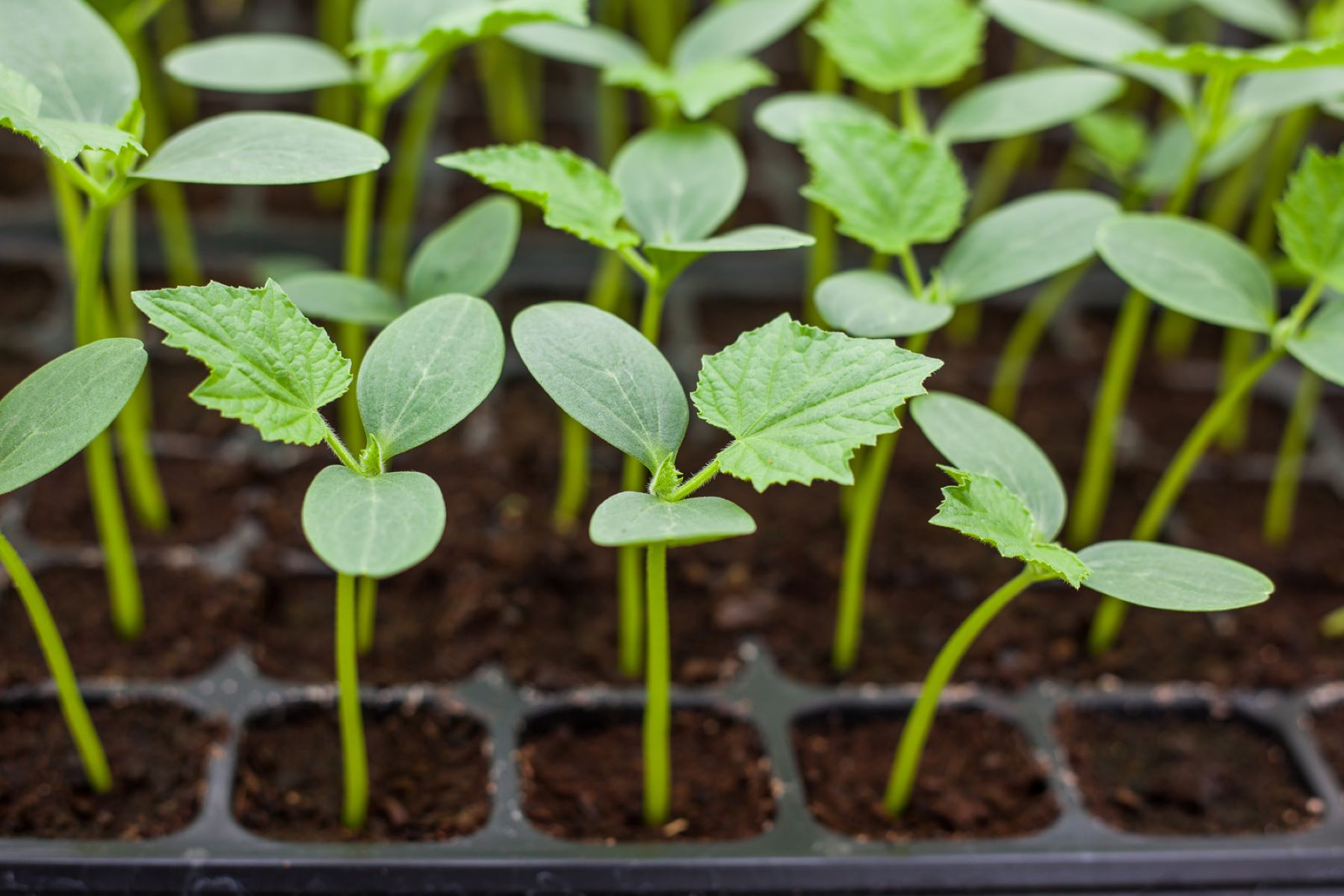
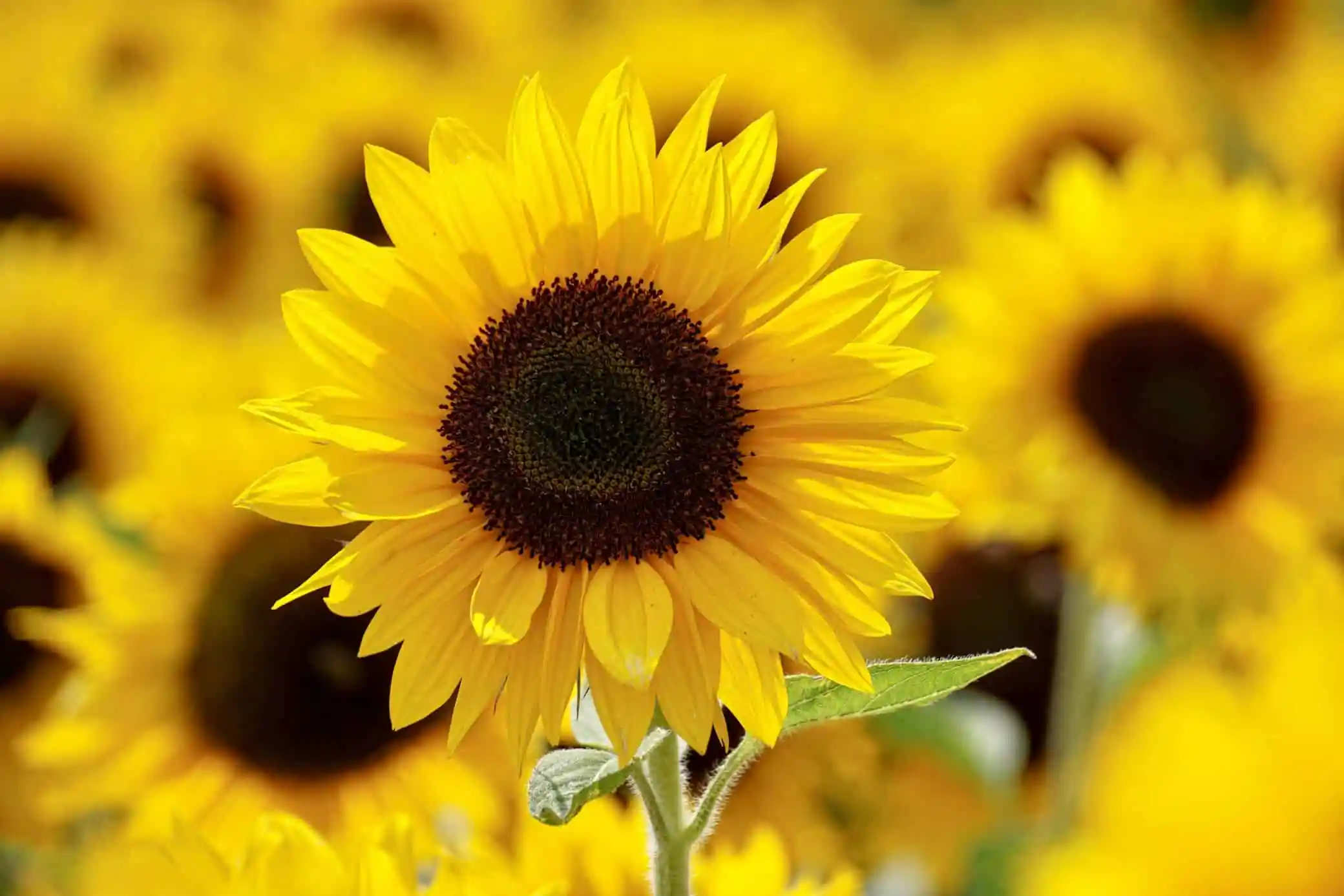
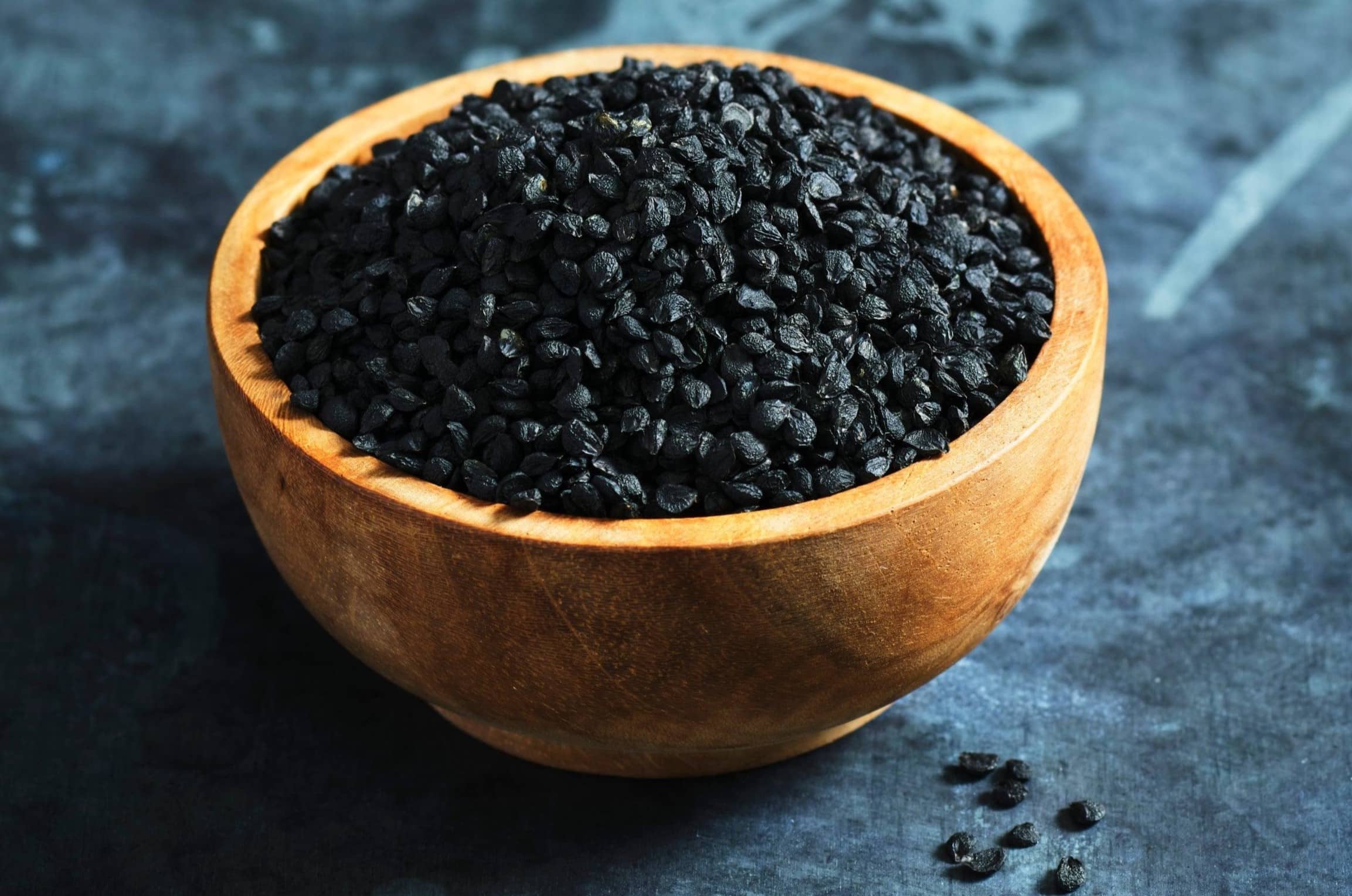
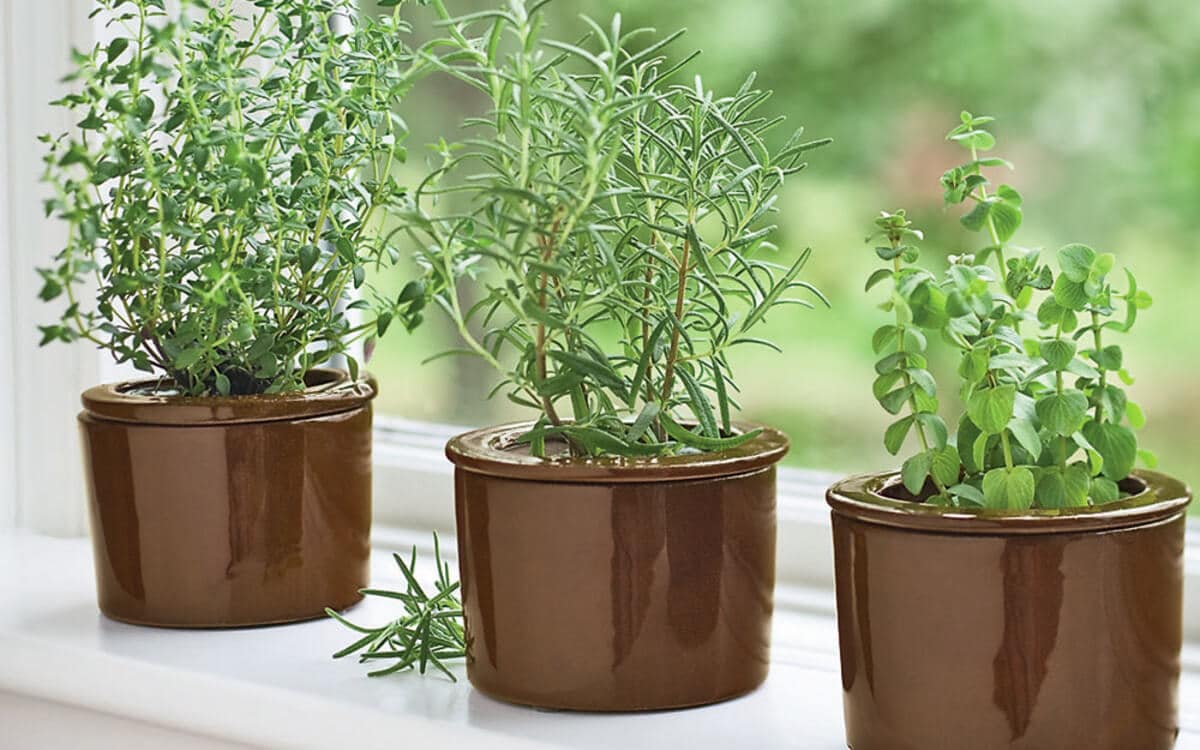
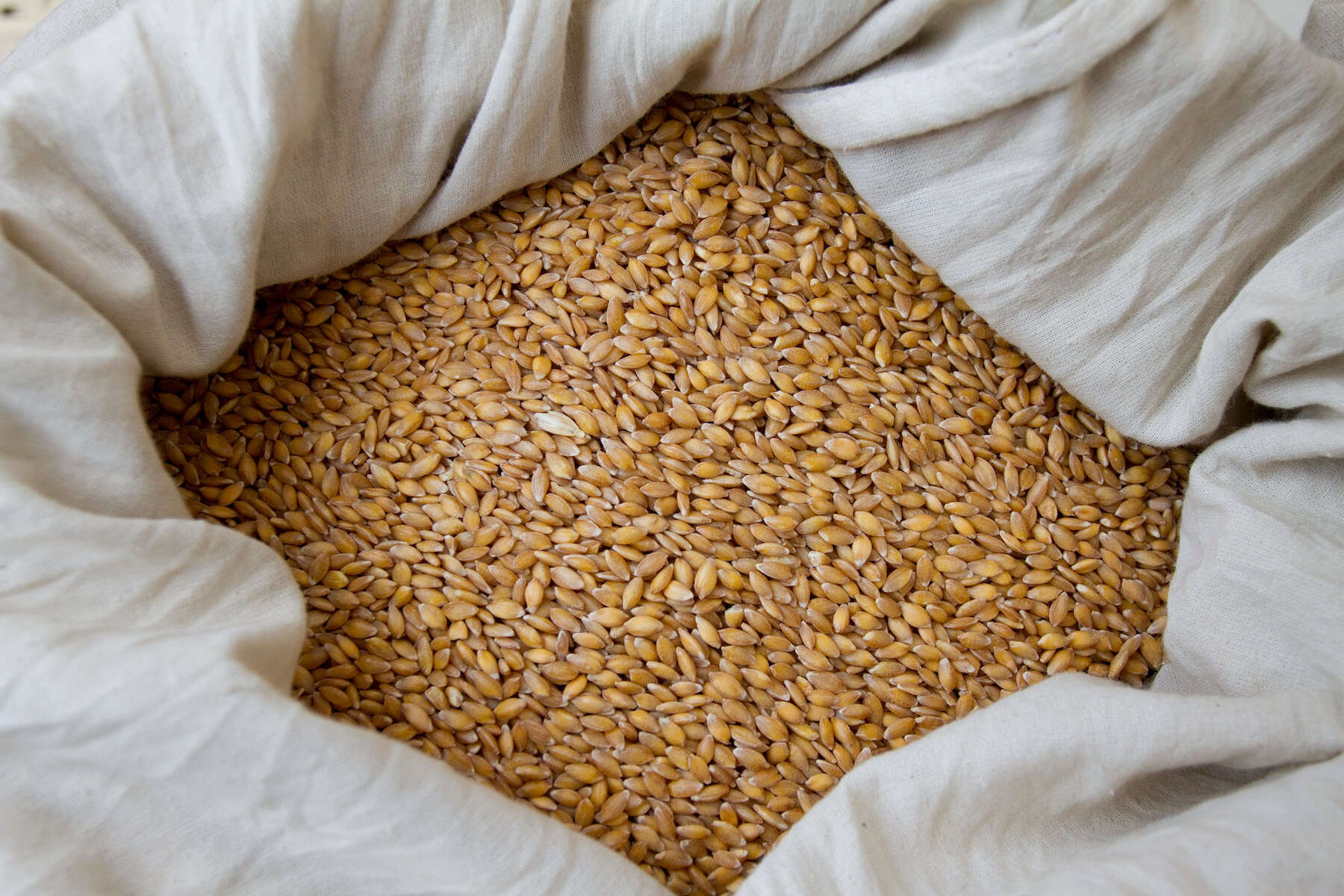
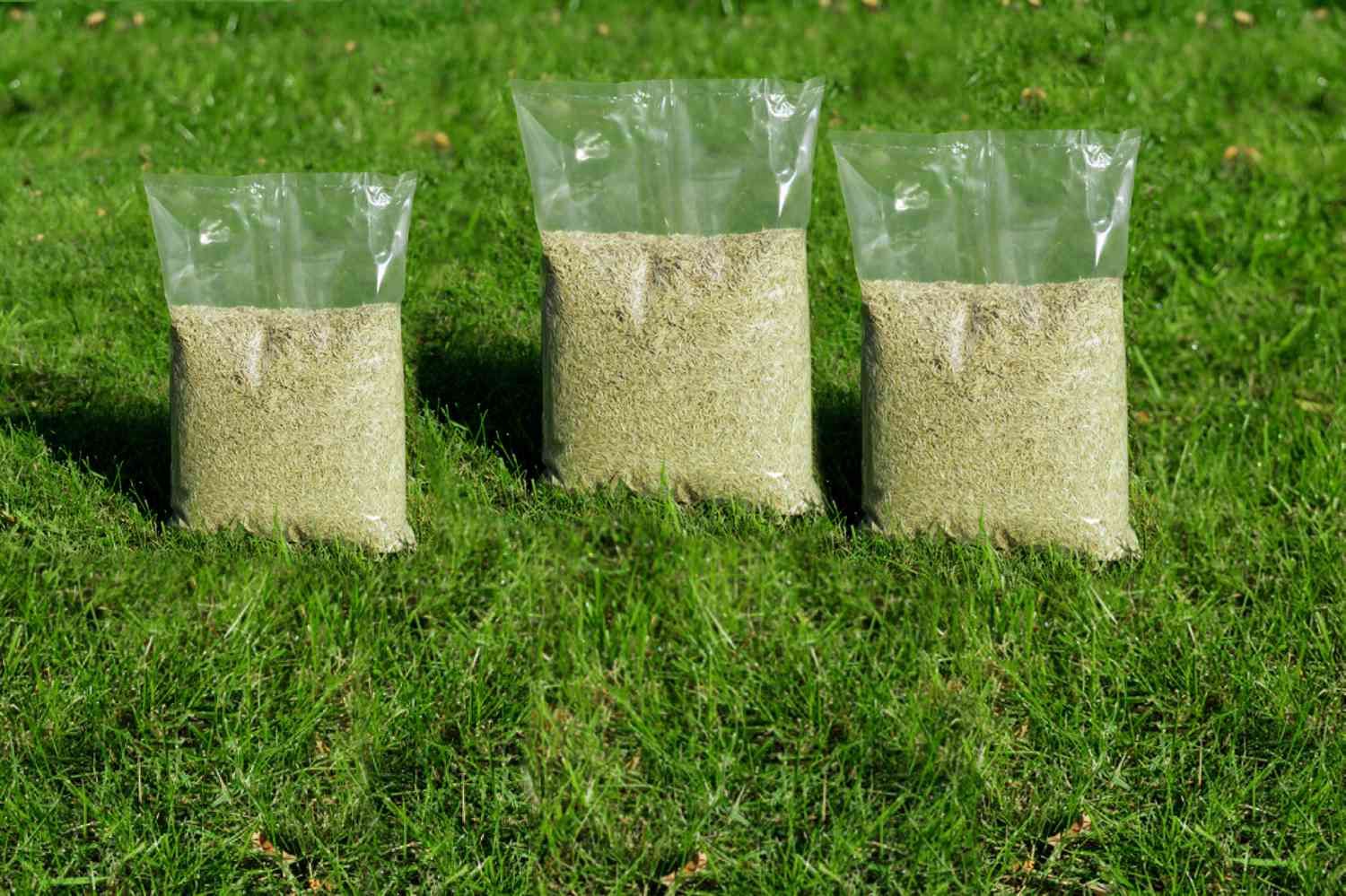
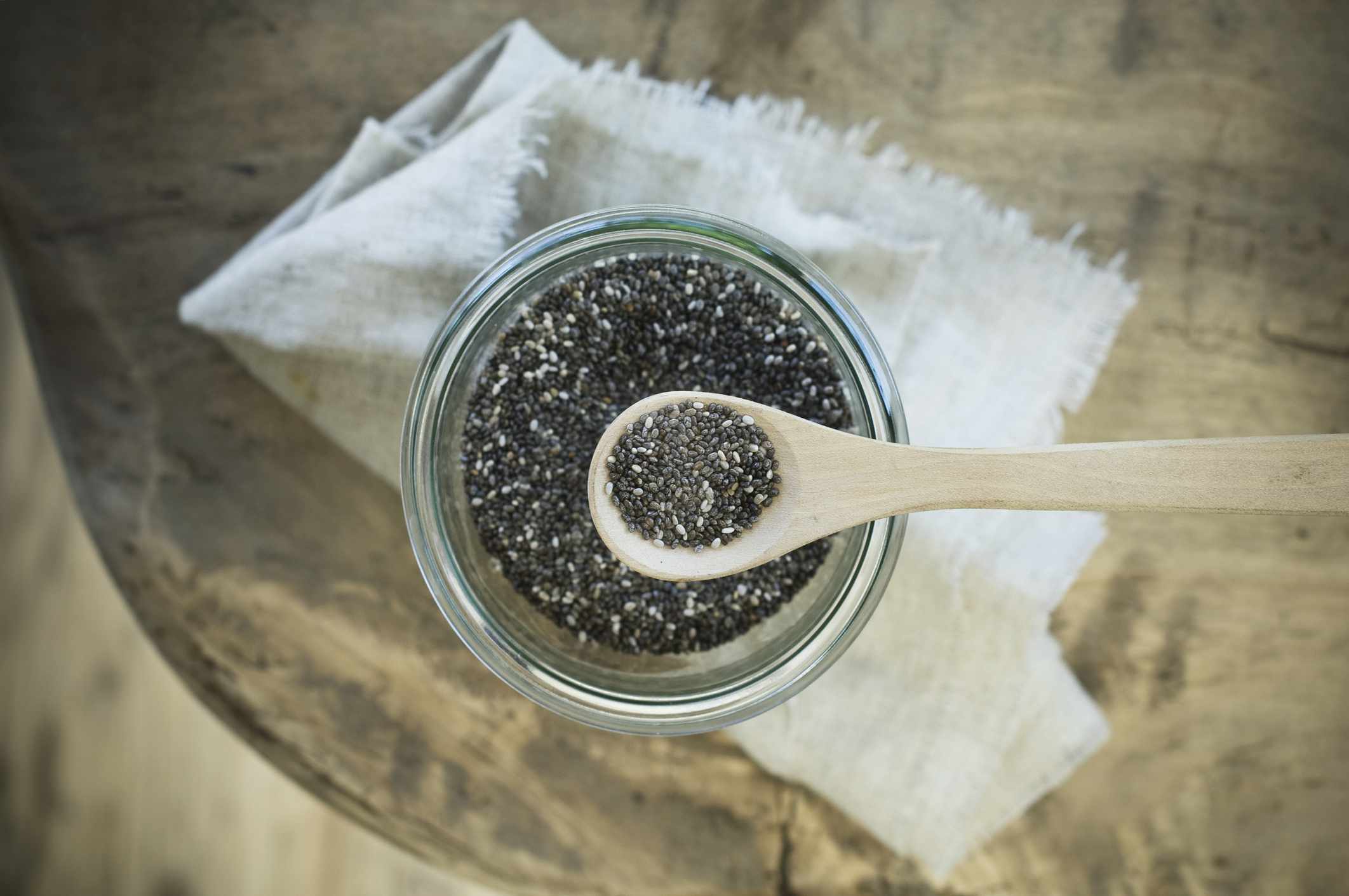
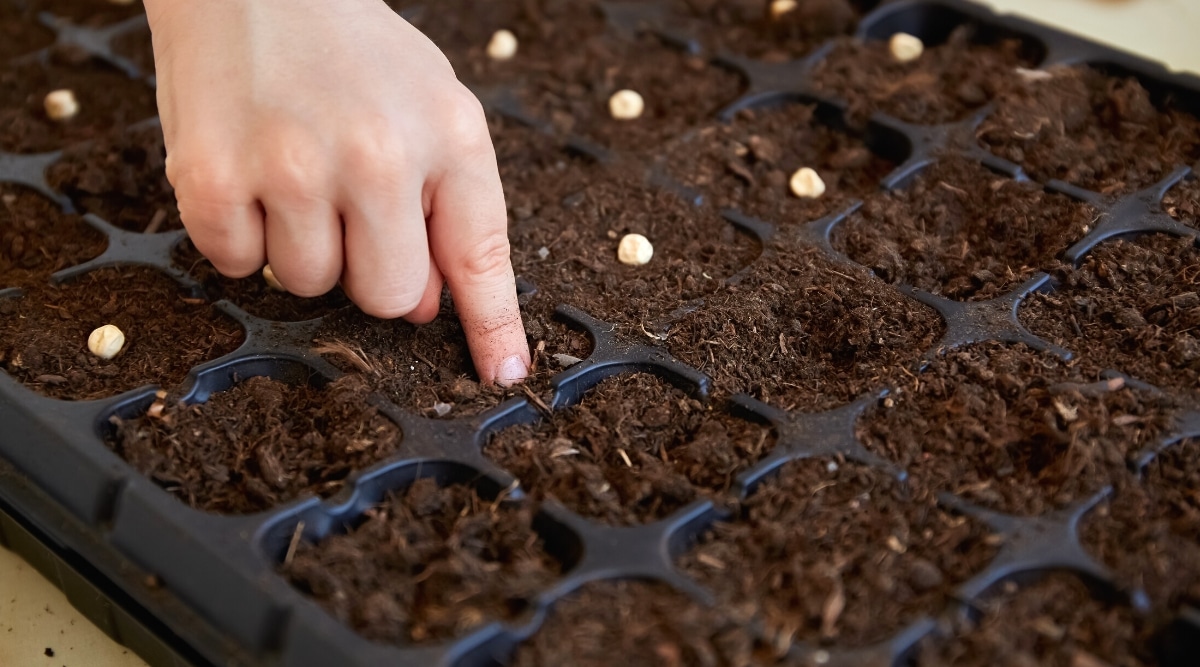
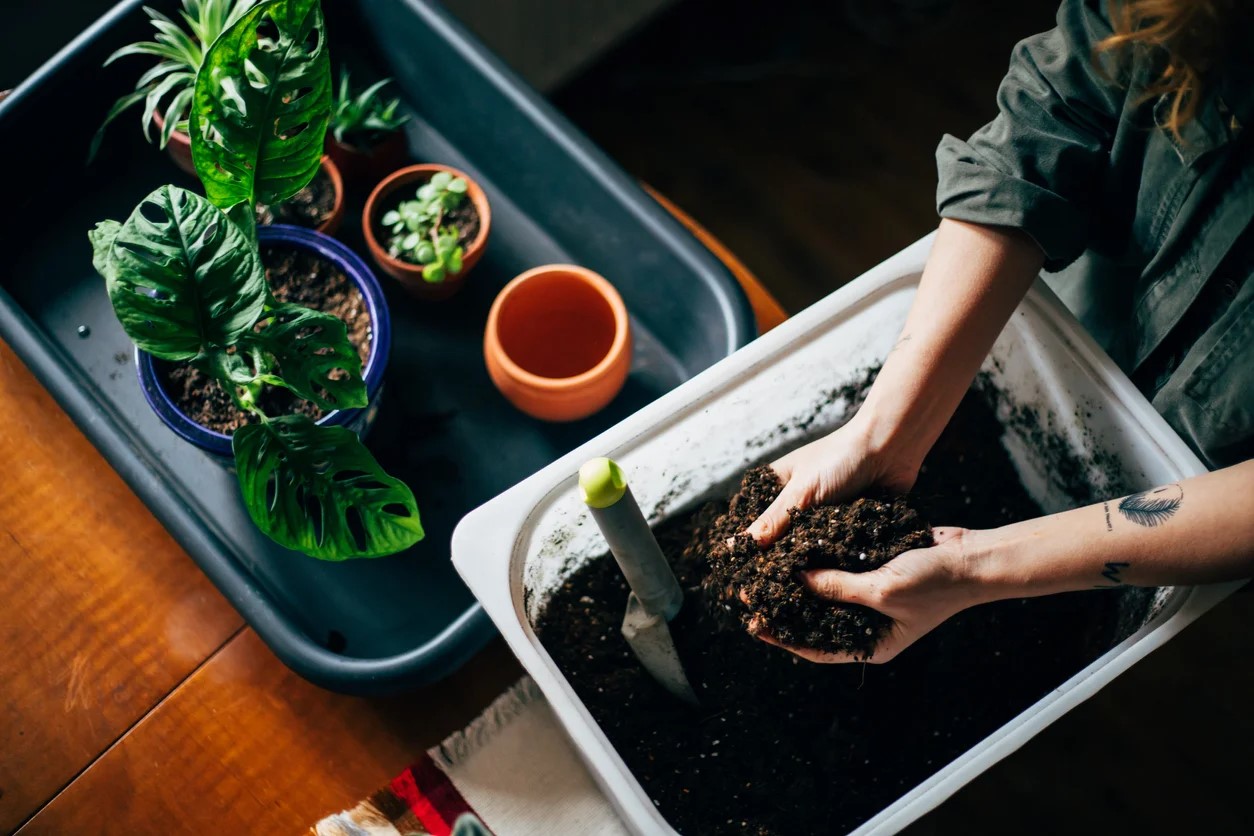
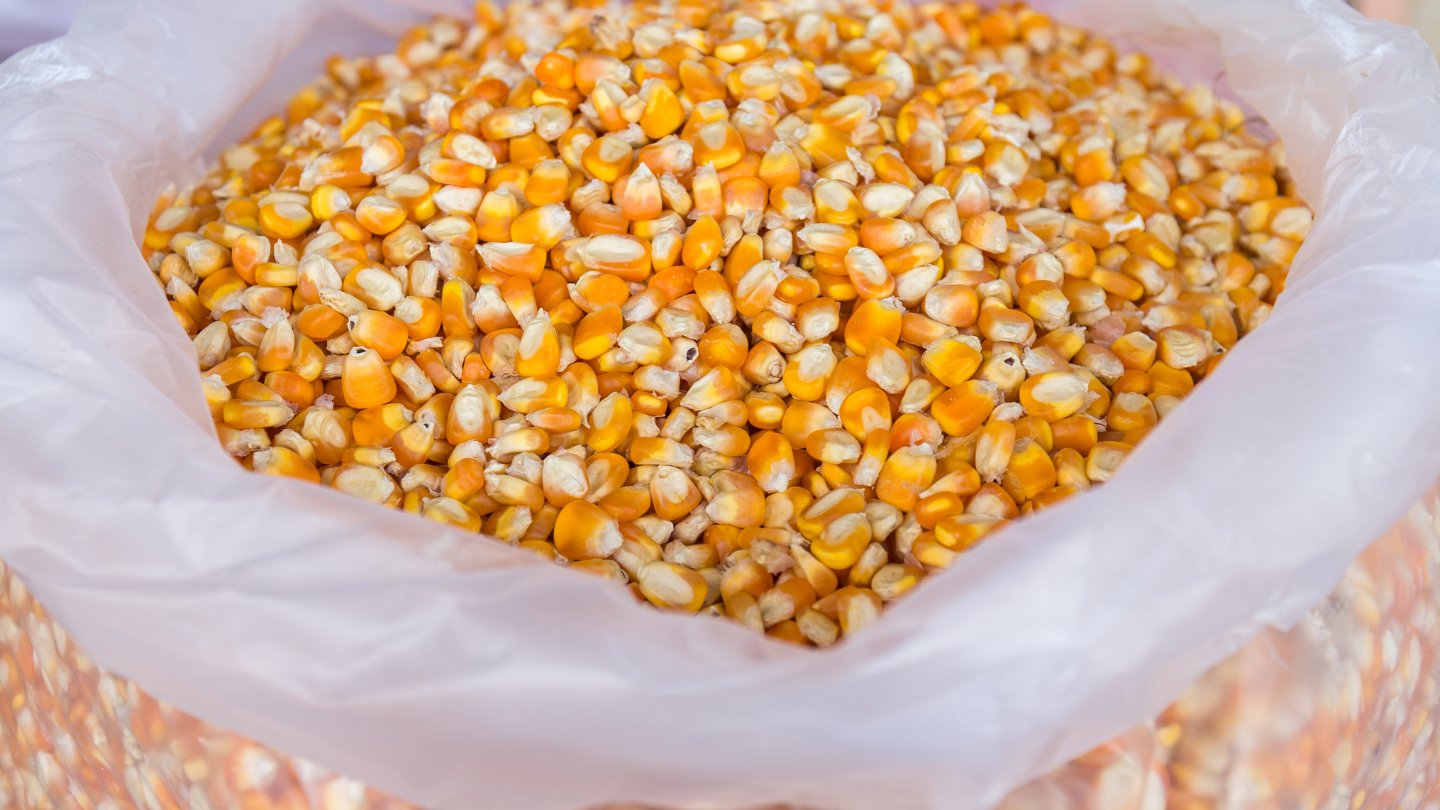
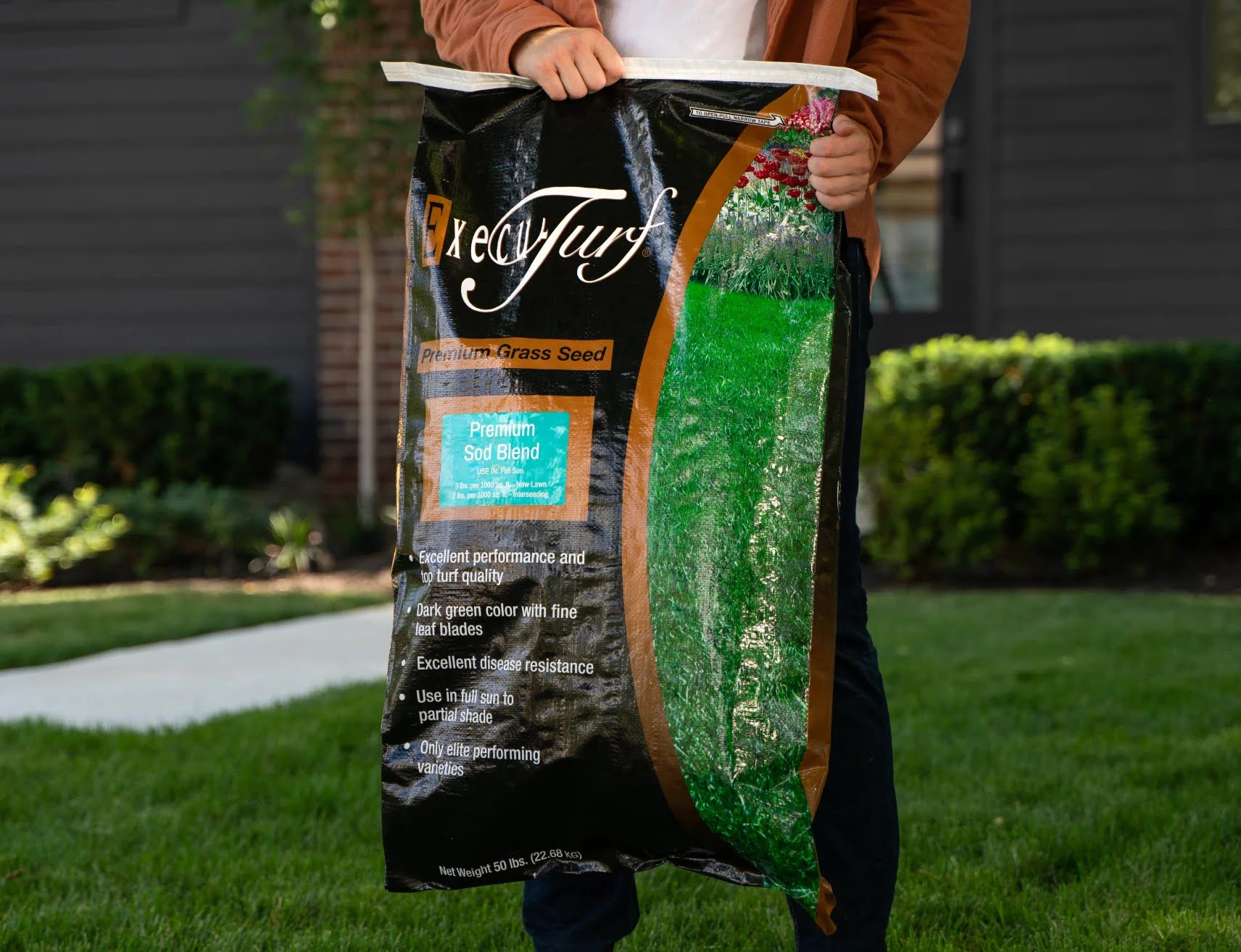

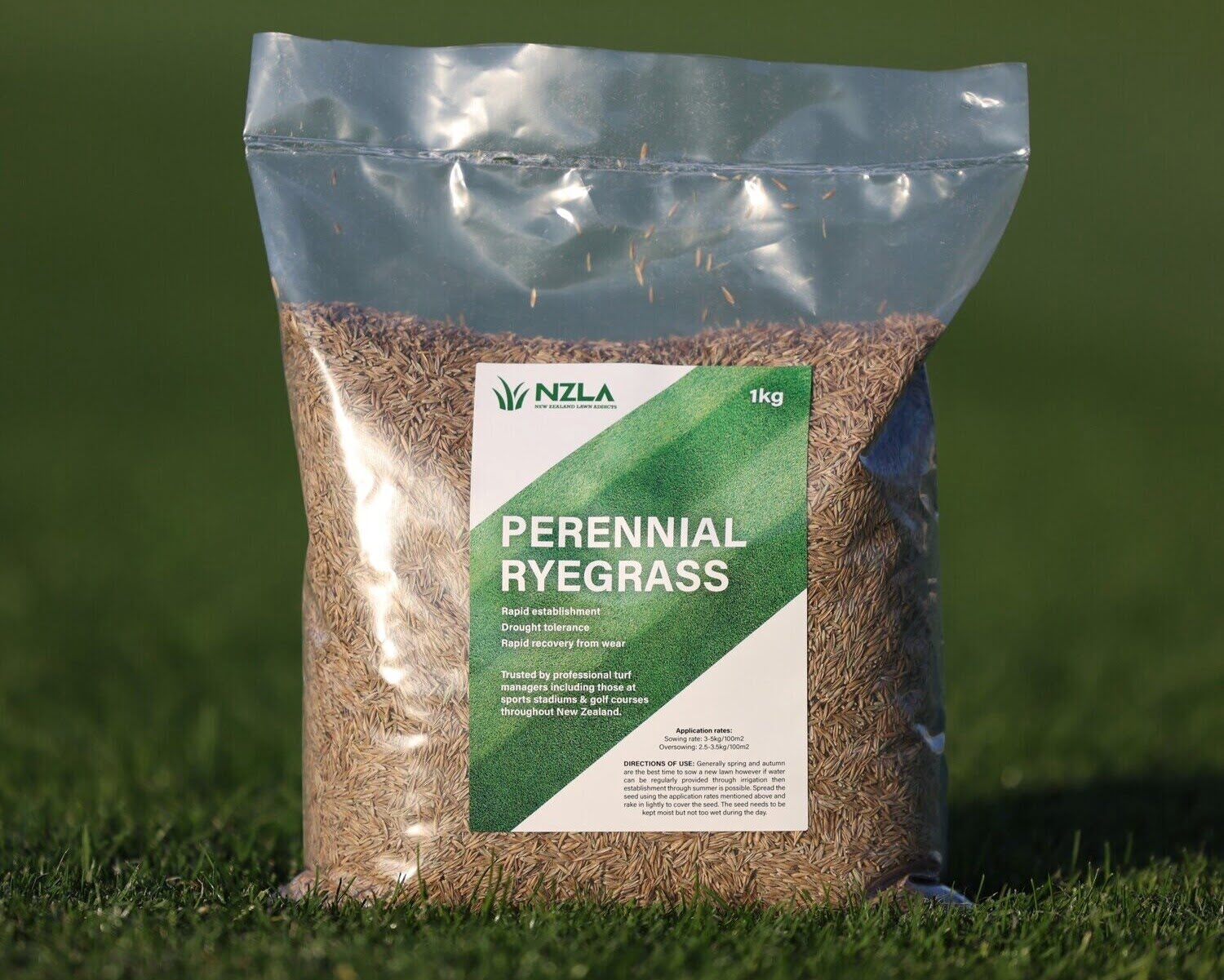

0 thoughts on “How Many Flower Seeds Per Hole”